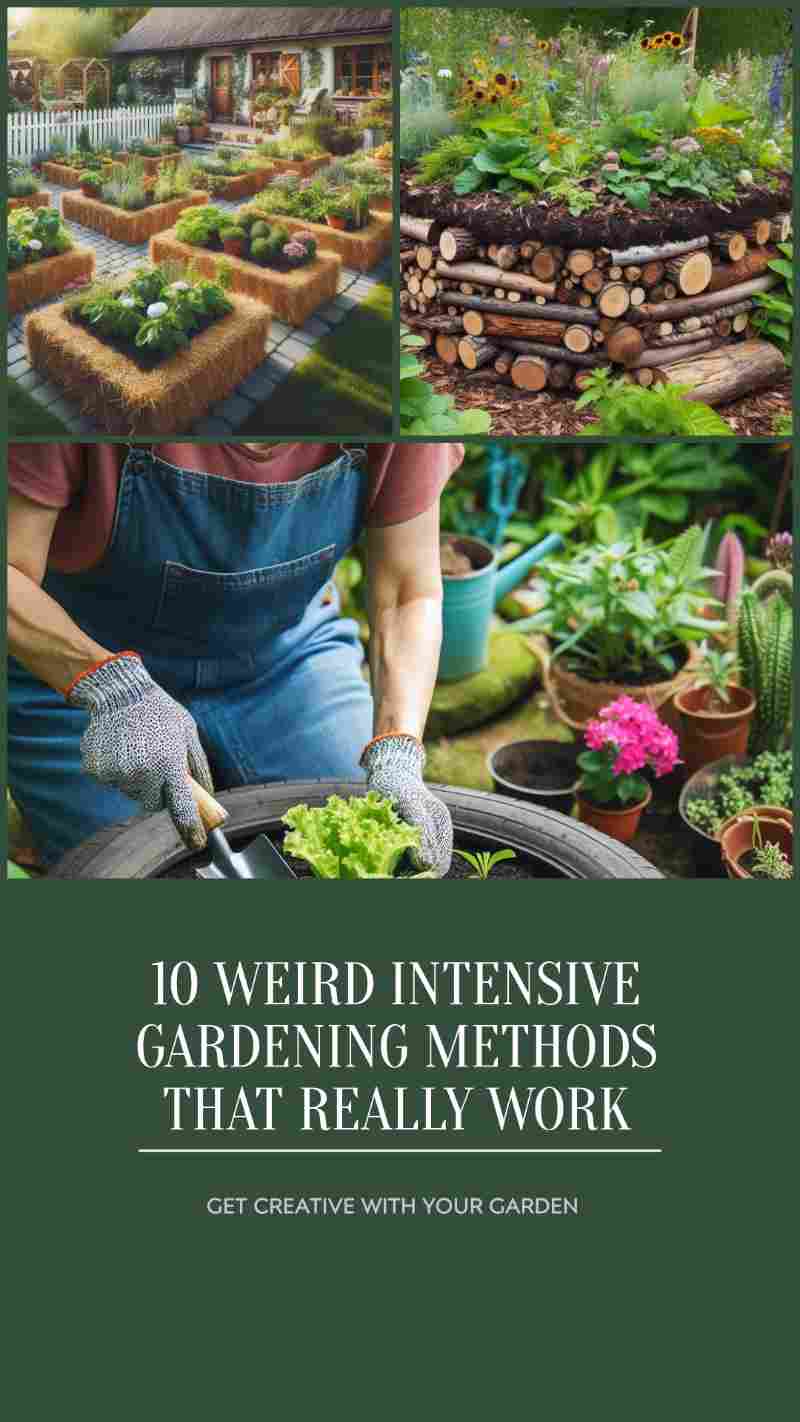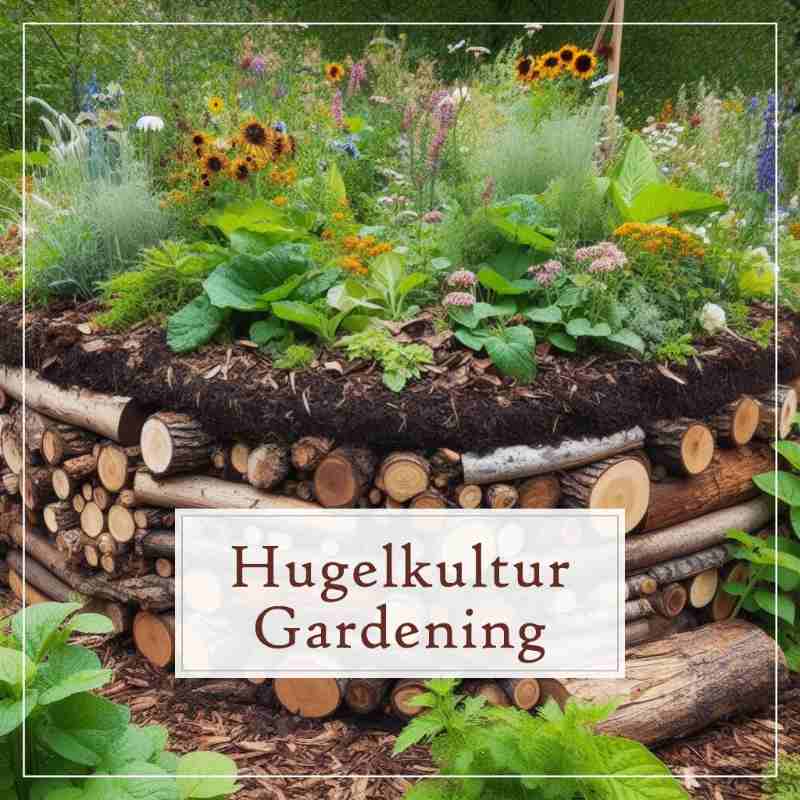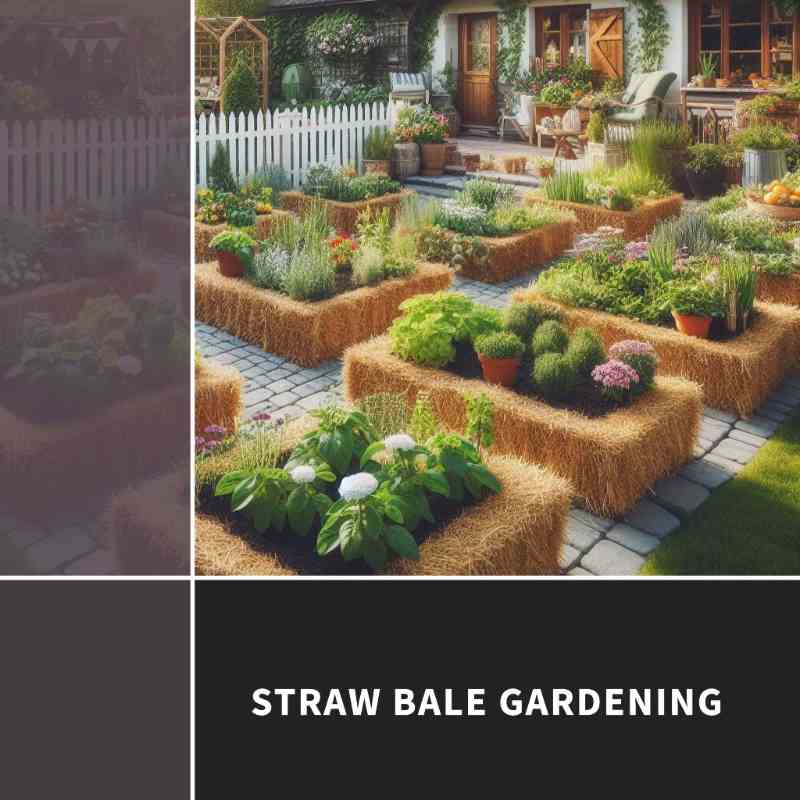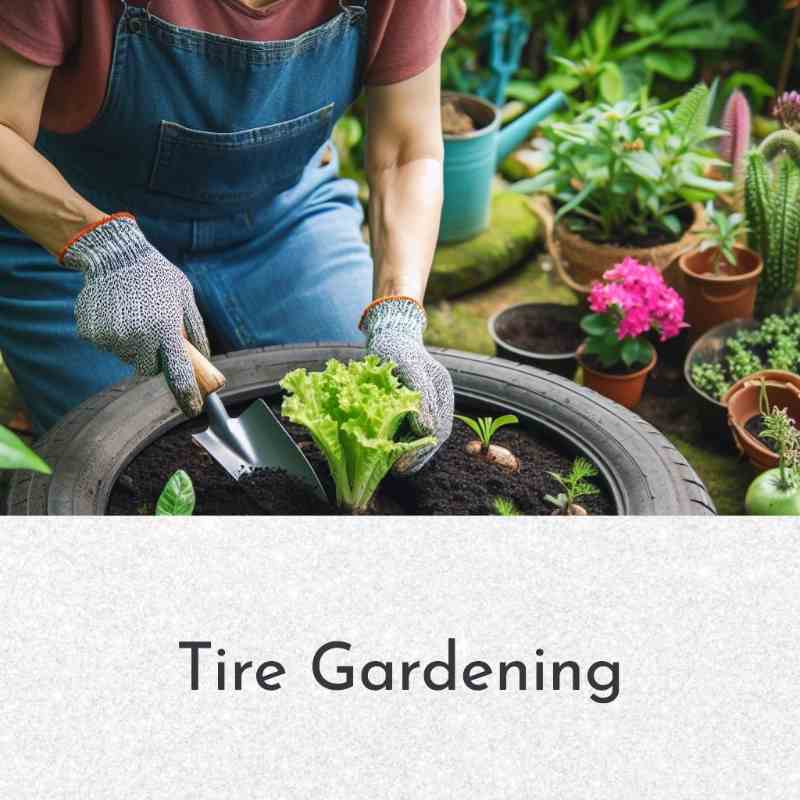10 Weird Intensive Gardening Methods That Really Work

Make sure to like Living Green and Frugally on Facebook, Shop at Amazon to help support my site and explore our PINTEREST BOARDS for innovative ways you can become self-sufficient.
Gardening, once steeped in age-old practices, has transformed into a realm of boundless innovation and experimentation. Traditional gardening methods, while time-tested and reliable, have given way to a surge of unconventional techniques that defy norms and push the boundaries of what’s possible.
These innovative approaches have proven their mettle by producing remarkable results, elevating the gardening experience for enthusiasts worldwide.
In this era of botanical exploration, embracing unconventional methods has become a gateway to unlocking new levels of success in gardening. These 10 unconventional intensive gardening techniques stand as a testament to the evolving landscape of horticulture, each carrying its distinct allure and promising a bounty of benefits.
Hugelkultur Gardening:
Method: Creating raised beds filled with decaying wood logs, branches, and organic matter.
How and Why: As the wood decomposes, it retains moisture, provides nutrients, and fosters a healthy microbial environment. This process minimizes the need for regular watering and enhances soil fertility over time.

Aquaponics:
Method: Integrating aquaculture and hydroponics in a closed-loop system.
How and Why: Fish waste provides nutrients for plants, while plants purify the water for the fish. This sustainable method conserves water and creates an ideal environment for accelerated plant growth.
Square Foot Gardening:
Method: Dividing garden beds into small, manageable squares.
How and Why: Maximizes space efficiency, reduces wasted areas, and allows for easy maintenance. Perfect for urban or limited garden spaces.
Vertical Gardening:
Method: Growing plants vertically on walls, fences, or trellises.
How and Why: Saves space, facilitates better air circulation, and increases sunlight exposure, resulting in healthier plants and improved yields.
Straw Bale Gardening:
Method: Using straw bales as planting beds.
How and Why: Straw bales act as containers that decompose gradually, offering a nutrient-rich environment. They retain moisture exceptionally well and provide a suitable medium for various plants, especially in spaces with poor soil quality.

Companion Planting or Polyculture:
Method: Strategically planting different crops together for mutual benefit.
How and Why: Certain plants repel pests or attract beneficial insects, while others fix nitrogen in the soil, promoting healthier growth for neighboring plants.
No-Dig Gardening (Lasagna Gardening):
Method: Layering organic materials directly onto the ground.
How and Why: Creates a nutrient-rich environment without disturbing the soil structure. The layers break down, enriching the soil and fostering a healthy ecosystem.
Keyhole Gardening:
Method: Creating raised beds in a circular or keyhole shape.
How and Why: Maximizes space, enables efficient planting, and provides easy access for maintenance due to its design.
Tire Gardening:
Method: Using old tires as planting containers.
How and Why: Tires offer a durable and contained space for planting. They retain heat, making them suitable for crops that require warmer temperatures. Additionally, they’re an upcycling solution for waste materials.

Hydroponics with Vermiponics:
Method: Combining hydroponics with vermiculture.
How and Why: Using worm castings to enrich the nutrient solution for hydroponically grown plants. This fusion provides an optimal environment for accelerated plant growth.
Each of these unconventional gardening methods challenges traditional practices, offering unique advantages for nurturing plants and maximizing yields. Embrace experimentation and innovation to discover which of these techniques might unlock the potential of your garden, turning it into a flourishing paradise of greenery and abundance.